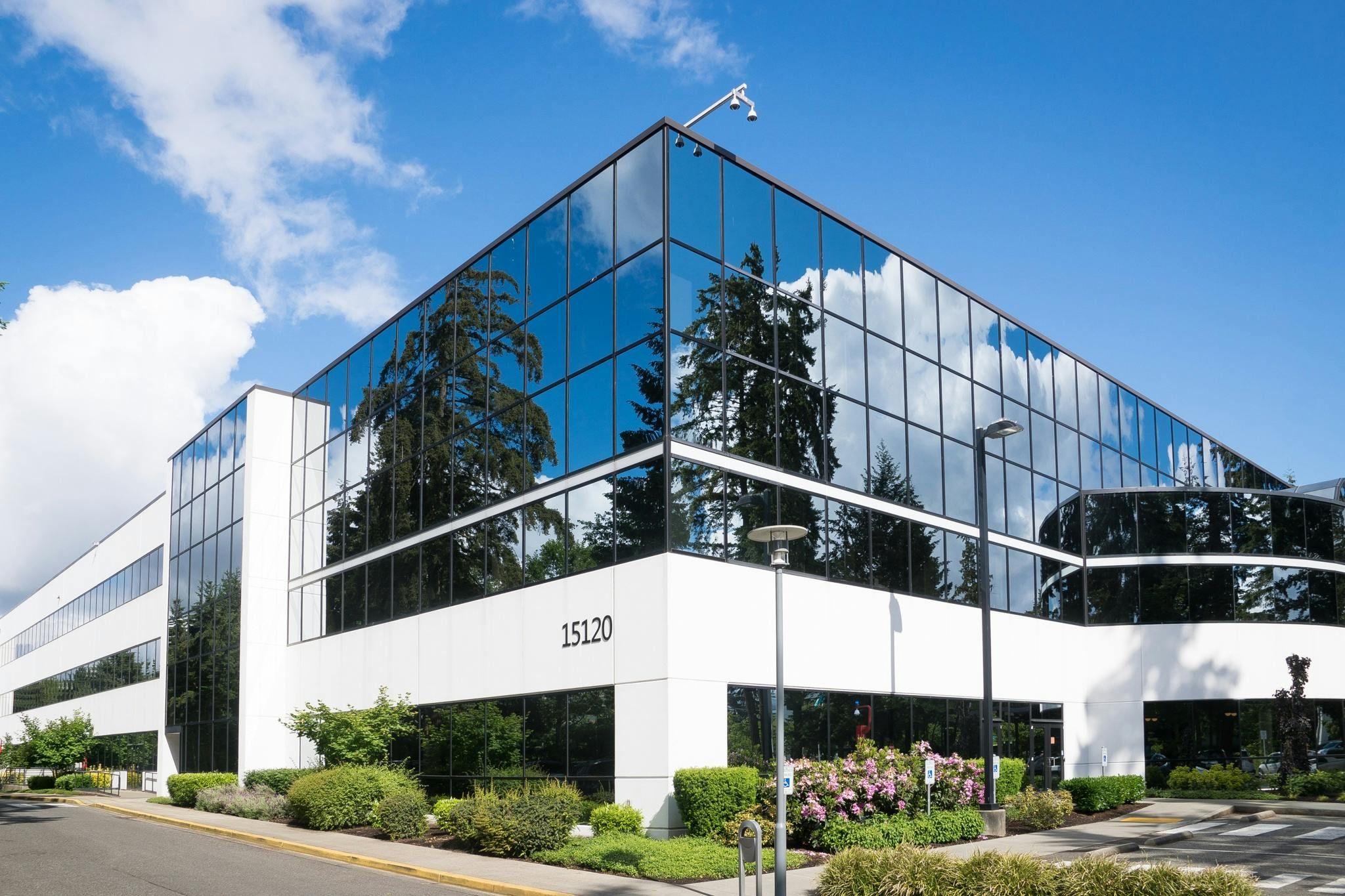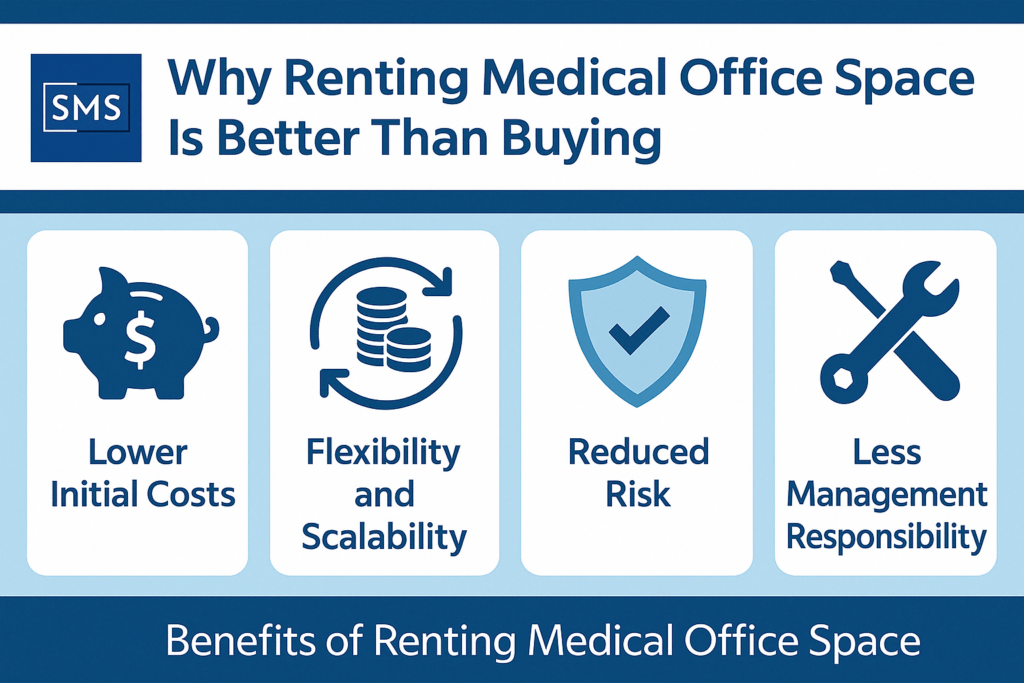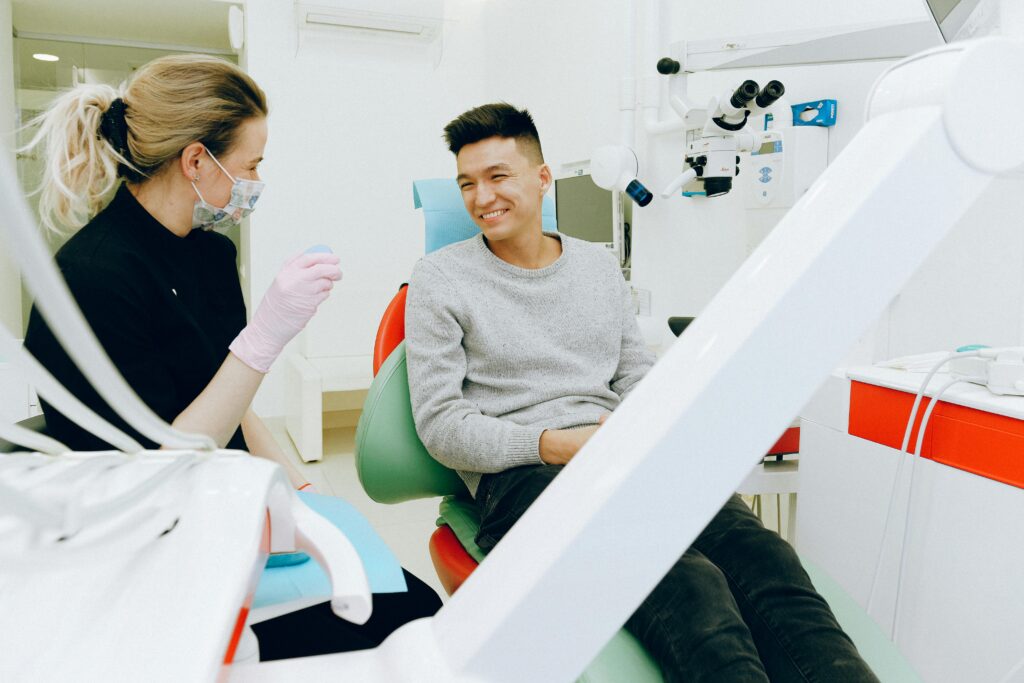Shared Medical Office Space: Is It Right for Your Practice?
Curious if shared medical office space can help you grow, cut costs, or boost flexibility? Dive in to discover the pros, cons, and hidden opportunities for your practice.
You’ve built a successful practice, but your current lease is strangling your cash flow and limiting your growth options. Traditional medical office space contracts lock you into multi-year commitments that feel more like prison sentences than business partnerships.
Meanwhile, you’re watching colleagues thrive in flexible arrangements that seemed impossible just a few years ago. The healthcare real estate landscape has shifted dramatically, and the professionals adapting fastest are the ones capturing the biggest opportunities.
The Shared Space Revolution in Miami Beach

Miami Beach has become ground zero for innovative medical office arrangements that prioritize flexibility over rigid traditional leases. Shared medical office in Miami Beach options have exploded in popularity as healthcare professionals realize they don’t need to shoulder massive overhead costs to provide exceptional patient care.
The area surrounding Mount Sinai Hospital buzzes with medical activity, creating a natural ecosystem where health professionals can thrive without the financial burden of traditional office ownership. High-traffic Miami Beach locations offer built-in patient accessibility that would cost tens of thousands in marketing to replicate elsewhere.
Mid-career practitioners who’ve established their patient base are discovering they can maintain their professional standards while dramatically reducing operational costs. Established specialists find these arrangements perfect for expansion into new territories without the risk of long-term commitments in unfamiliar markets.
The proximity to both tourist areas and established residential neighborhoods creates a patient pool that many practitioners struggle to access through traditional office arrangements. This unique combination of location advantages drives patient volume while keeping overhead manageable.
What Is Shared Medical Office Space?
Shared medical office arrangements allow healthcare professionals to lease individual examination rooms or suites within a larger medical facility. Unlike traditional office leases that require massive upfront investments and multi-year commitments, these spaces offer flexibility that adapts to your practice’s actual needs.
Part-time arrangements work perfectly for specialists who see patients only certain days of the week or practitioners maintaining multiple office locations. Full-time options provide all the benefits of traditional offices without the financial risks and administrative headaches.
Flexible medical office leasing has evolved far beyond basic room rental. Modern shared facilities include reception areas, waiting rooms, medical equipment, and administrative support that would cost individual practitioners hundreds of thousands to establish independently.
The key difference lies in the risk distribution. Instead of one practitioner shouldering all facility costs, expenses spread across multiple professionals, dramatically reducing individual financial exposure while maintaining professional standards.
Benefits of Shared Medical Office Space for Health Professionals
Lower upfront costs represent the most immediate advantage for most practitioners. Traditional medical office setup requires equipment purchases, buildout costs, and months of lease payments before seeing your first patient. Shared arrangements eliminate these barriers, allowing you to start seeing patients almost immediately.
Turnkey medical office solutions mean you walk into fully equipped examination rooms with all necessary infrastructure already in place. Medical equipment, furniture, technology systems, and even basic supplies are typically included, eliminating the guesswork and massive capital investments of traditional setups.
Risk reduction becomes particularly valuable for practitioners testing new markets or specialties. One-year lease terms allow you to establish patient bases and test market viability without betting your financial future on untested assumptions.
Networking opportunities with other healthcare professionals create referral relationships that can dramatically boost patient volume. Being surrounded by complementary specialists often generates cross-referrals that isolated practitioners struggle to develop.
Premium locations that would be financially impossible for individual practitioners become accessible through shared arrangements. Patient perception improves when they visit modern, well-appointed facilities in desirable areas, directly impacting practice growth and patient satisfaction.
Potential Drawbacks and How to Overcome Them
Privacy concerns top the list of practitioner worries about shared arrangements. Patient confidentiality requirements demand careful scheduling and soundproofing considerations. However, properly designed HIPAA compliant office space addresses these concerns through strategic layout and professional management protocols.
Scheduling conflicts can arise when multiple practitioners compete for prime appointment times. Successful shared arrangements include clear scheduling protocols and often provide multiple rooms to accommodate overlapping needs.
Brand consistency challenges emerge when your practice shares space with others who might have different aesthetic or operational standards. Choosing facilities that maintain consistent professional standards across all shared spaces prevents these conflicts.
Resource sharing requires clear agreements about equipment use, supply management, and common area maintenance. Well-managed facilities handle these details through comprehensive lease agreements that prevent conflicts before they start.
Is Shared Space Right for Your Specialty and Practice Size?
Certain specialties thrive in shared arrangements while others face significant limitations. Family physicians, internal medicine practitioners, and most specialists who primarily conduct consultations and examinations find shared spaces ideal for their needs.
Cosmetic surgeons performing minor procedures like lip injections and Botox treatments benefit enormously from shared arrangements. These procedures require minimal specialized equipment while benefiting from premium locations that attract aesthetic patients.
Mental health professionals, including psychologists and psychiatrists, find shared arrangements particularly cost-effective since their space requirements focus on comfortable consultation areas rather than expensive medical equipment.
Practitioners requiring extensive water access, surgical facilities, or specialized equipment installations may find shared arrangements limiting. Dentists, for example, need plumbing and equipment configurations that most shared facilities cannot accommodate.
Solo practitioners benefit most from shared arrangements because they eliminate the isolation and overhead burdens that often limit practice growth. Multi-office practitioners use shared spaces strategically to test new markets without massive capital commitments.
Evaluating Medical Office Space for Lease Options in Miami Beach
Location analysis should prioritize patient accessibility alongside professional prestige. Proximity to hospitals, public transportation, and parking availability directly impact patient convenience and practice growth potential.
Facility management quality makes or breaks shared office experiences. Look for professionally managed spaces with clear protocols for maintenance, security, and administrative support. Poor management leads to constant frustrations that distract from patient care.
Technology infrastructure requirements have become critical in modern medical practice. High-speed internet, electronic health record compatibility, and telehealth capabilities should be standard rather than optional features.
Lease flexibility terms deserve careful examination beyond just monthly costs. Understanding expansion options, early termination clauses, and included services prevents costly surprises as your practice evolves.
HIPAA compliant office space requirements include more than just private examination rooms. Reception area layouts, filing security, and communication protocols must meet federal privacy standards to protect your practice from regulatory violations.
Ready to Explore Your Options? Sheridan Medical Suites Leads Miami Beach
Sheridan Medical Suites has revolutionized medical office space accessibility for Miami Beach healthcare professionals through innovative flexible medical office leasing arrangements that prioritize practitioner success over rigid contract terms.
Located strategically near Mount Sinai Hospital, Sheridan Medical Suites offers modern, private single-room offices perfect for established practitioners seeking cost-effective expansion or new doctors avoiding massive startup costs. Their one-year lease terms provide the flexibility that traditional medical real estate simply cannot match.
The facility caters specifically to specialties that thrive in shared arrangements: family physicians, specialists conducting consultations, psychologists, and cosmetic practitioners performing minor procedures. Each suite comes fully equipped with modern amenities and HIPAA compliant office space features that meet federal privacy requirements.
Multiple office options accommodate practitioners ready to expand their presence in Miami Beach without the financial risks of traditional multi-location investments. Professional management handles all facility maintenance, security, and administrative details, allowing you to focus entirely on patient care.
Schedule a tour today by calling 786-261-4921 or filling out our online form to discover how Sheridan Medical Suites can transform your practice economics while maintaining the professional standards your patients expect. Your perfect medical office space solution awaits in the heart of Miami Beach’s thriving medical community.



















